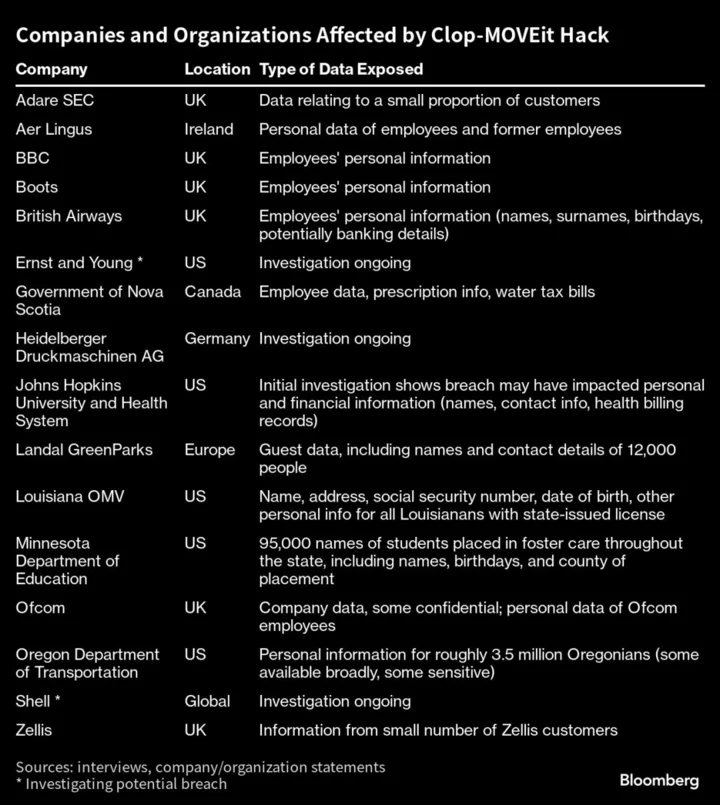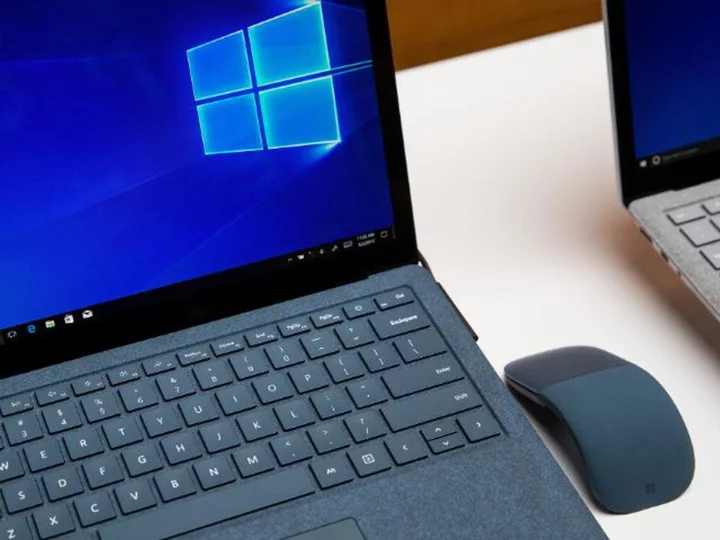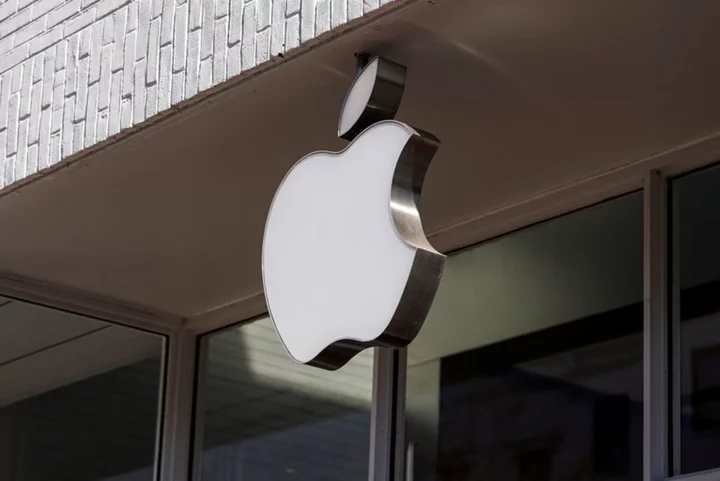
Nepal to ban TikTok, alleges damaging social impact
(This Nov. 13 story has been corrected to remove reference to China in the headline, to clarify that TikTok is
2023-11-15 02:25

Alipay+ Partners With PayNet to Promote Seamless Payment for Inbound and Outbound Malaysian Travellers
KUALA LUMPUR, Malaysia--(BUSINESS WIRE)--Aug 29, 2023--
2023-08-29 17:58

'Star Wars Jedi': May 9 Survivor update for PC, PlayStation and Xbox
A brand-new patch for 'Star Wars Jedi: Survivor' will be released on all platforms on May 9
2023-05-09 17:29

Pixel 8: Google unveils ‘AI-centred’ iPhone rival
Google’s latest Pixel smartphone, unveiled on Wednesday, contains artificial intelligence that is “miles ahead” of its rivals, according to an executive at the company. The Pixel 8 and Pixel 8 Pro use AI in everything from screening spam phone calls to improving the sound quality of calls – all driven by the new Tensor G3 processor. The unveiling of new AI capabilities comes after the tech giant consolidated its DeepMind and Google Brain research units into one division responsible for developing a “general AI”. Michiel van Eldik, Google vice president for devices and services in Europe, said the company’s AI innovations were how it could set itself apart from rivals, and that it gave them an advantage in the hardware business. “We have probably 15 or 20 years of experience in AI, and that’s where we can truly differentiate in the hardware business,” he said. “Our products are on par, if not better, than any other player out there. If you look at RAM, if you look at display, if you look at batteries, for example. So our story today is very much about artificial intelligence. “The message to the user is that we will give you services nobody else has. It’s not about hardware for us any more – it’s about bringing that great innovation that Google has, and the best of Google to the consumers out there.” Google also announced plans to add generative artificial intelligence (AI) capabilities to its virtual assistant, allowing it to do things like help people plan a trip or catch up on emails and then ask follow-up questions. The Alphabet subsidiary said during its hardware event in New York that it plans to add generative AI features from its Bard chatbot into Google’s version of a virtual assistant, that aims to provide personalized help with reasoning and generative capabilities on mobile devices. “(A) whole task is done through a couple of simple questions that you’re asking your assistant, which is, we think, a very, very powerful concept,” said Sissie Hsiao vice president, Google assistant and Bard. Google and other tech companies have been racing to build some form of generative AI into new or existing products. Meta, Amazon and Microsoft have all stepped up efforts this year. The new version of Google’s assistant will have access to a mobile phone’s camera and microphone, and let users input pictures or audio into the large language model to help answer questions, Hsiao said. It will not include revenue generating features, Hsiao said, because Google is still in the “learning phase” with generative AI. “We want to learn how to make a great experience out of this,” the Google vice president said. Google said the new software would be available to its trusted tester program “soon” but did not disclose a general release date. The company plans to release a version for Android and Apple’s mobile operating system, iOS. The unveiling of the Pixel 8 smartphone, seen as one of the main Android rivals to the recently released iPhone 15, comes amid overheating issues with Apple’s flagship phone. Additional reporting from agencies. Read More 10 ways AI will change the world – from curing cancer to wiping out humanity Google Pixel 8 camera will include ‘creepy’ face-changing AI Man drives off bridge ‘following Google Maps’ Google’s powerful ‘Bard’ AI can now get into your email
2023-10-05 02:52

Evergreen Goodwill of Northwest Washington Celebrates 100 Years of Impact with Free Community Events and New Historical Exhibit
SEATTLE--(BUSINESS WIRE)--Jun 20, 2023--
2023-06-21 03:24

Acxiom Names Adobe Veteran Judith Hammerman as Cloud Growth Leader
CONWAY, Ark.--(BUSINESS WIRE)--Jun 12, 2023--
2023-06-12 22:27

MrBeast reaches out to kid scammed by prankster pretending to be the YouTuber
MrBeast has reached out to a young boy and his father who were pranked by people pretending to be from his team. It comes after TikTok user NoahGlennCarter posted about an incident where the two were scammed into thinking MrBeast wanted them involved in one of his videos. As the viral video explains, the young boy and his dad were shopping when they were approached by someone claiming they worked for MrBeast. They then told the son and father they were going to blindfold them and let them fill up the shopping cart with as much as they could get their hands on. Sign up to our free Indy100 weekly newsletter However, when they were blindfolded the fake MrBeast employees ran away. “To make matters even worse, the boy has to wear hearing aids and apparently the fake MrBeast employees said that the reason they chose him specifically was because of his hearing problems.” @noahglenncarter This family was tricked by a fake Mr Beast #foryou #mrbeast #prank Thankfully, there was happy news for the young boy as he “received two hundred [dollars] from an organisation in his town, and Target decided to match that amount. So in the end he got four hundred [dollars] just for a shopping spree.” To make things even better after the distasteful incident, it looks like MrBeast himself is on the case. The hugely popular YouTuber replied to a news post about the scam, writing: “Give me his info!!” It comes after MrBeast, real name James Stephen Donaldson, randomly asked for cash from one of the world’s richest men. The YouTuber recently wrote a tweet saying that it “feels like a great day for Jeff Bezos to give me a billion dollars for fun”. Have your say in our news democracy. Click the upvote icon at the top of the page to help raise this article through the indy100 rankings.
2023-07-06 18:15

Cyberattack forces Idaho hospital to send ambulances elsewhere
A hospital in Idaho has been diverting ambulances to other hospitals for more than 24 hours because of a cyberattack, a hospital spokesperson confirmed to CNN on Wednesday in the latest example of a hacking incident complicating health care in the US.
2023-06-01 05:55

Airship Research Reveals More Consumers Will Share All Types of Personal Information With Brands This Year
PORTLAND, Ore.--(BUSINESS WIRE)--Jun 22, 2023--
2023-06-22 19:25

Parents protest California school board after social studies curriculum rejected
Parents in the southern California city of Temecula are pushing back against the local school board's recent decision to reject a social studies curriculum that includes gay rights after some board members claimed there was not enough parental involvement in the process and made comments attacking gay rights activist and politician Harvey Milk.
2023-06-16 06:20

Nobel Prize in Physics 2023 awarded to scientists who made ‘impossible’ breakthrough
The Nobel Prize in Physics has been awarded to three scientists for discovering a way to study the world at a level previously thought impossible. The Nobel Assembly announced that Pierre Agostini, Ferenc Krausz and Anne L’Huillier would receive the 2023 prize “for experimental methods that generate attosecond pulses of light for the study of electron dynamics in matter”. “The laureates’ contributions have enabled the investigation of processes that are so rapid they were previously impossible to follow,” the committee announced during a ceremony in Stockholm on Tuesday. Applications for the research include molecular fingerprinting applied to biological samples like blood plasma. By observing minute changes with this technique, it is hoped that in the future it will be possible to detect cancers at a very early stage. The award comes a day after the Nobel Assembly awarded Katalin Karikó and Drew Weissman the Nobel Prize in Physiology or Medicine “for their discoveries concerning nucleoside base modifications that enabled the development of effective mRNA vaccines against Covid-19.” The awards for chemistry, literature, peace and economics are set to be announced between Wednesday, 4 October, and Monday, 9 October. More to follow Read More Solar airship targets first non-stop round-the-world flight without fossil fuels Zuckerberg says Metaverse can bring back the dead – virtually Apple blames Instagram for overheating iPhones
2023-10-03 18:19

Ransomware Gang Haunted US Firms Long Before MOVEit Hack
Shell Plc, IAG SA’s British Airways, the British Broadcasting Corp., the state of Minnesota’s Department of Education, multiple
2023-06-17 23:19
You Might Like...

Saudi Arabia is quietly changing its textbooks. Could that lead to acceptance of Israel?

EDITED Draws on Big Brand Expertise to Launch myEDITED

Which Path to Choose Pokemon GO: Dark Flames Event Guide

Forbes Names AArete Among “World’s Best Management Consulting Firms 2023”

Microsoft is giving out free cybersecurity tools after an alleged Chinese hack

Who is Lil Tay's mother? Angela Tian accused of taking advantage of her daughter's online fame

Apple sees sales slump continuing, shares drop 2% despite beating sales expectations

How Fake AI Photo of a Pentagon Blast Went Viral and Briefly Spooked Stocks
